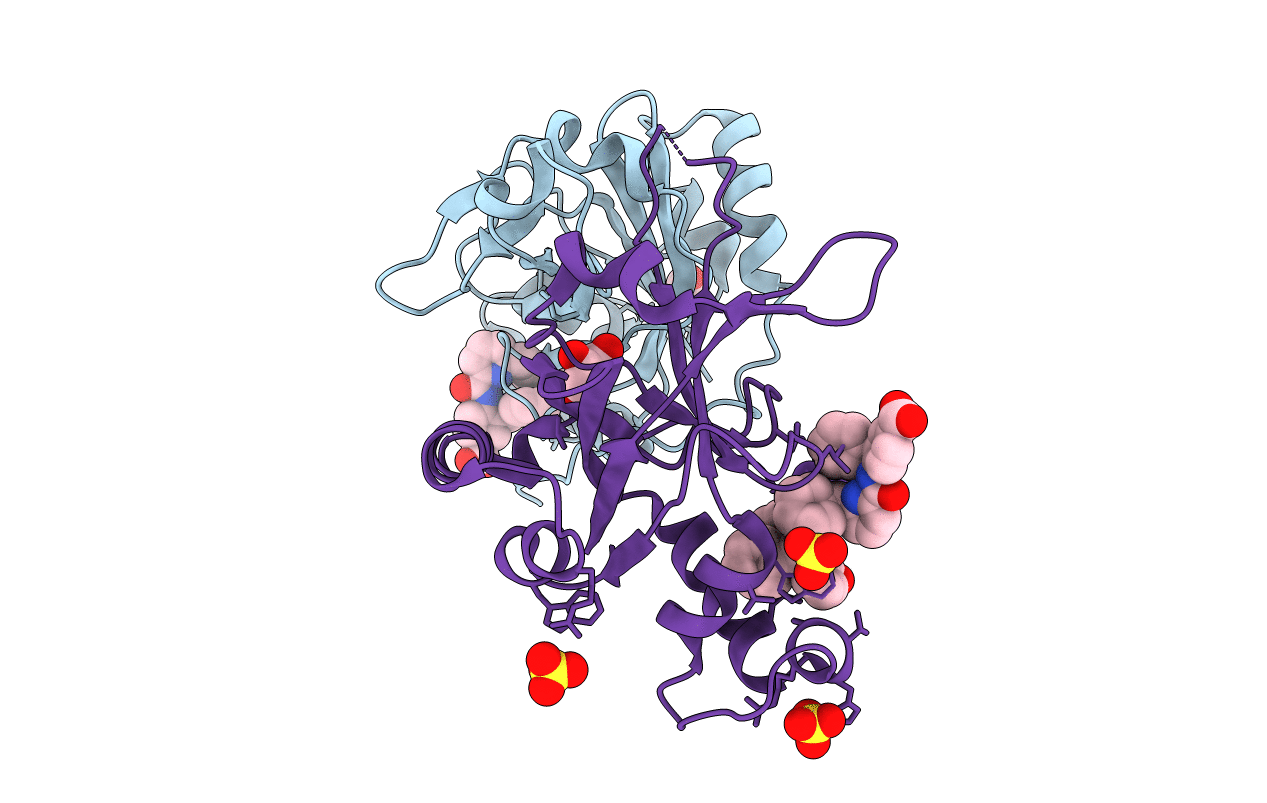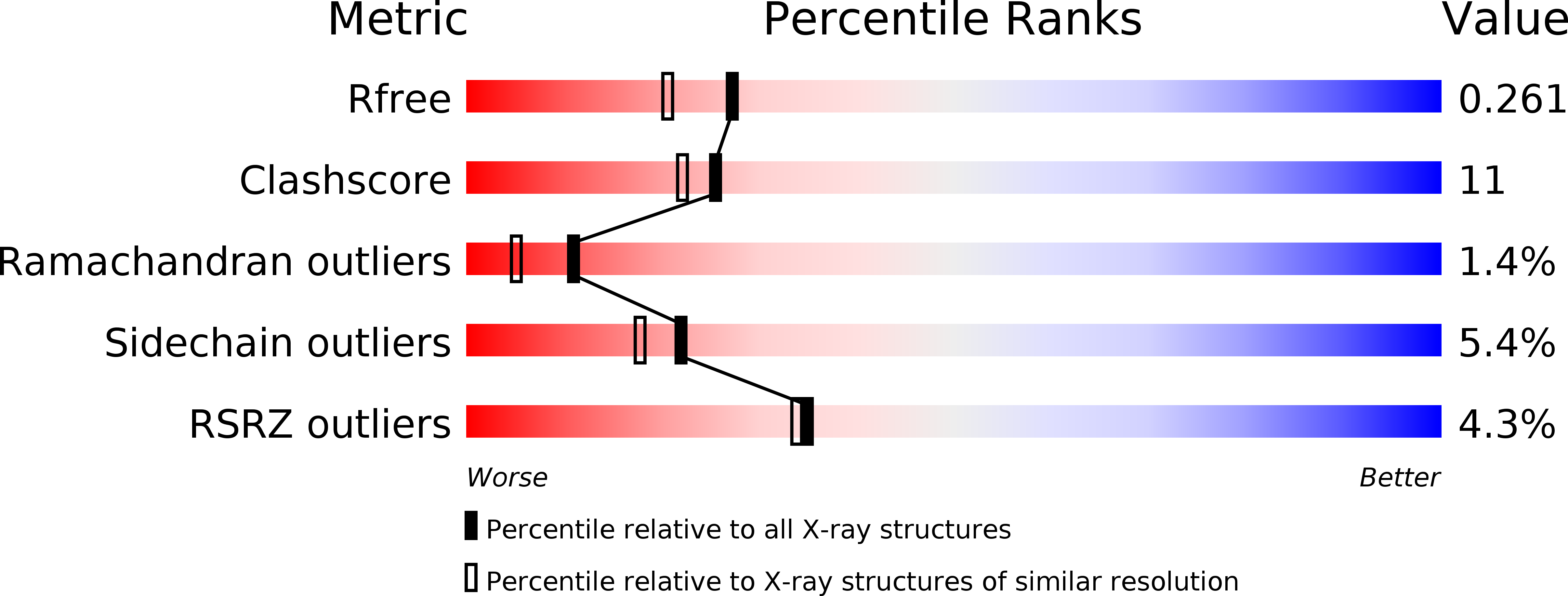
Deposition Date
2010-06-17
Release Date
2011-08-17
Last Version Date
2024-10-30
Entry Detail
PDB ID:
3NJQ
Keywords:
Title:
Crystal structure of Kaposi's sarcoma-associated herpesvirus protease in complex with dimer disruptor
Biological Source:
Source Organism:
Human herpesvirus 8 type M (Taxon ID: 435895)
Host Organism:
Method Details:
Experimental Method:
Resolution:
2.00 Å
R-Value Free:
0.24
R-Value Work:
0.20
R-Value Observed:
0.20
Space Group:
I 2 2 2


